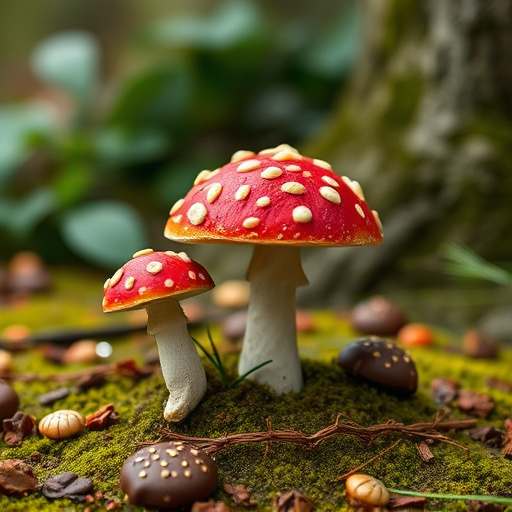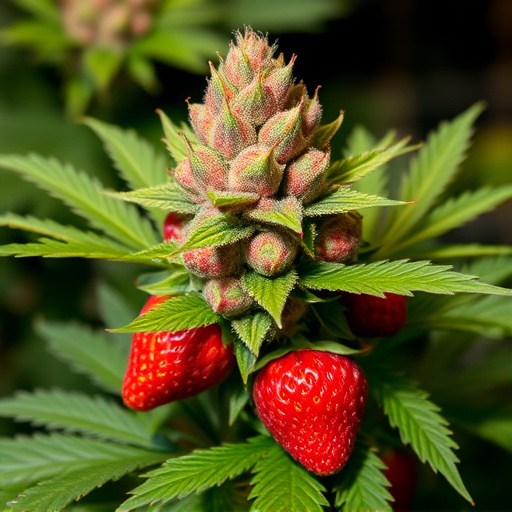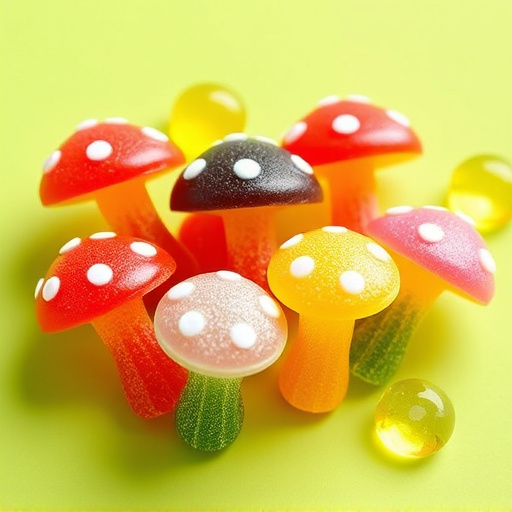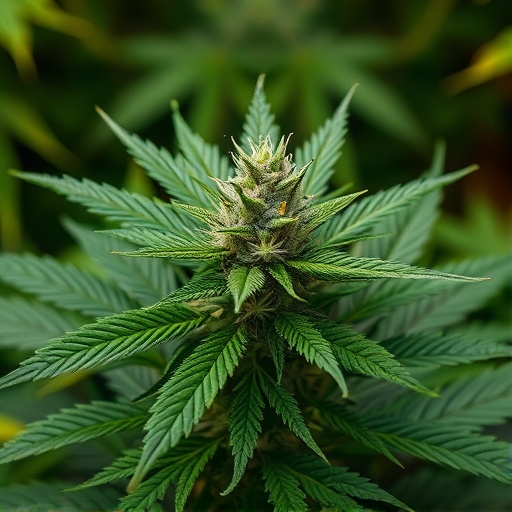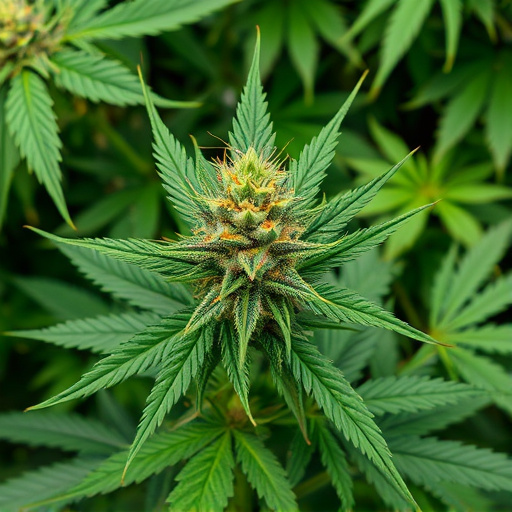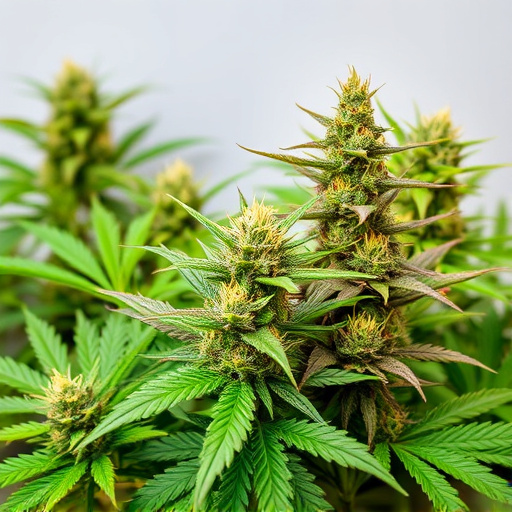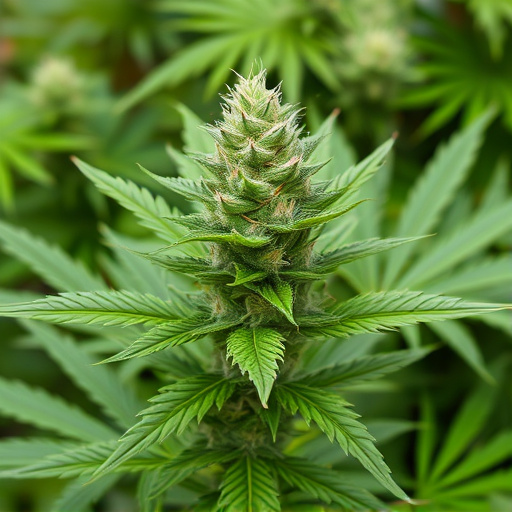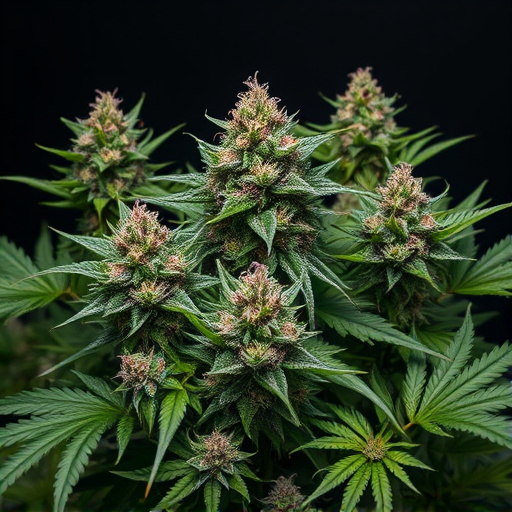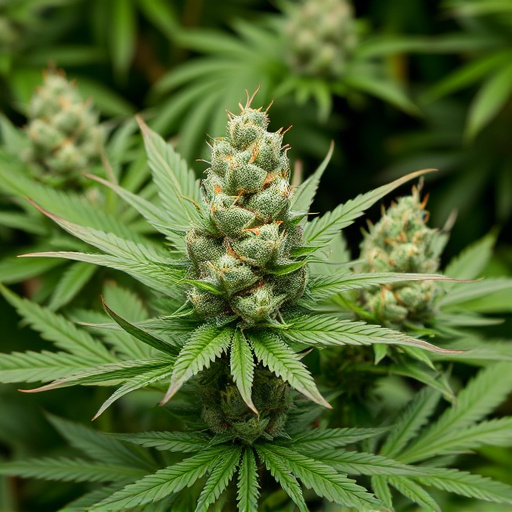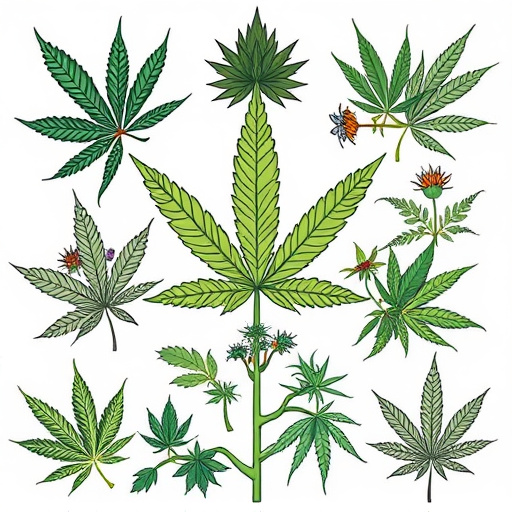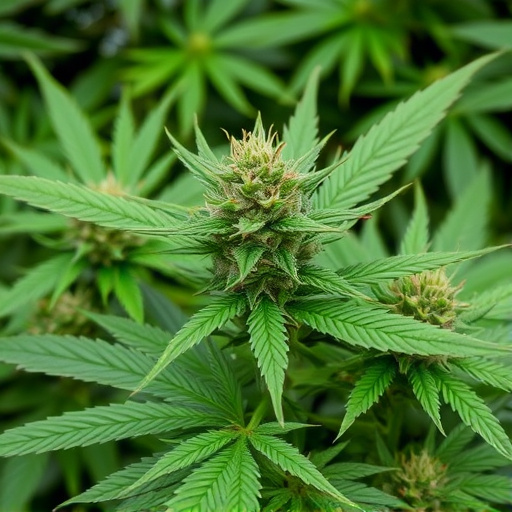Cultivating high-quality medicinal cannabis involves understanding the intricate relationship between cannabinoids (THC, CBD) and volatile oils (terpenes). These components work together, creating diverse effects and aromas in different strains. Terpenes impact flavor, scent, and potential therapeutic effects, while cannabinoids determine psychoactive properties and medicinal benefits. The synergy between them, known as the entourage effect, offers a balanced experience tailored to individual patient preferences for potency and intensity in medicinal cannabis strains.
Maintaining the potency and aromatic integrity of medicinal cannabis strains is paramount for ensuring optimal therapeutic effects. This comprehensive guide delves into the science behind cannabinoid composition, exploring how terpenes and cannabinoids interact to create unique aromas and potencies. We’ll navigate ideal growing conditions, from light and humidity control to advanced cultivation techniques, and uncover post-harvest processing methods that preserve terpene profiles. Discover effective harvesting, drying, storage strategies, and more, to unlock the full potential of your medicinal cannabis strains.
- Understanding Cannabinoid Composition and Volatile Oils
- – The role of terpenes and cannabinoids in potency and aroma
- – How these compounds interact with each other
Understanding Cannabinoid Composition and Volatile Oils
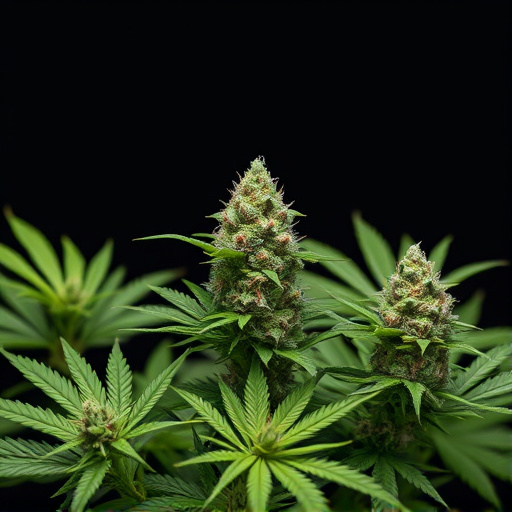
Cannabis flowers, or buds, derive their potency and aromatic qualities from a complex mix of chemical compounds known as cannabinoids and volatile oils. Cannabinoids like THC (tetrahydrocannabinol) and CBD (cannabidiol) are responsible for the plant’s psychoactive and medicinal properties, respectively. Volatile oils, on the other hand, contribute to the cannabis strain’s unique flavour profile and aroma. These oils contain terpenes, which not only give cannabis its distinctive scent but also play a role in modulating the effects of cannabinoids.
Understanding this intricate interplay is crucial when cultivating medicinal cannabis strains. Growers can influence cannabinoid profiles by controlling environmental factors such as light, temperature, and humidity, as well as by selecting specific strains known for their high cannabinoid concentrations. Maintaining optimal conditions throughout the growing process ensures that the plants produce flowers rich in both potent cannabinoids and desirable volatile oils, preserving not only the effectiveness but also the delightful aromas associated with medicinal cannabis.
– The role of terpenes and cannabinoids in potency and aroma
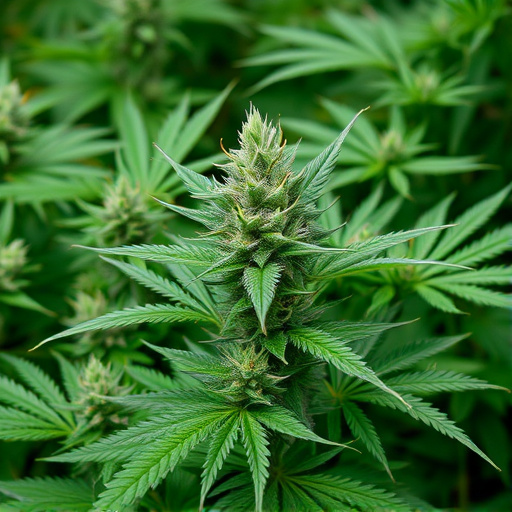
Cannabis plants, known for their diverse medicinal cannabis strains, owe much of their potency and unique aromas to terpenes and cannabinoids. Terpenes are aromatic compounds that not only give cannabis its distinctive scent but also play a crucial role in influencing its flavor profile. Many terpenes have therapeutic properties, contributing to the overall effect of the plant on users. For instance, myrcene is commonly found in indica strains and is known for its relaxing and sedative effects, while limonene, prevalent in sativa varieties, has uplifting and mood-enhancing attributes.
Cannabinoids, such as THC (Tetrahydrocannabinol) and CBD (Cannabidiol), are also integral to the potency and aromatic qualities of cannabis. THC is responsible for the plant’s psychoactive effects, inducing feelings of euphoria and relaxation. On the other hand, CBD does not produce a ‘high’ but offers various medicinal benefits, including anti-inflammatory and anxiolytic properties. The complex interplay between terpenes and cannabinoids creates the diverse range of experiences and aromas associated with different medicinal cannabis strains.
– How these compounds interact with each other
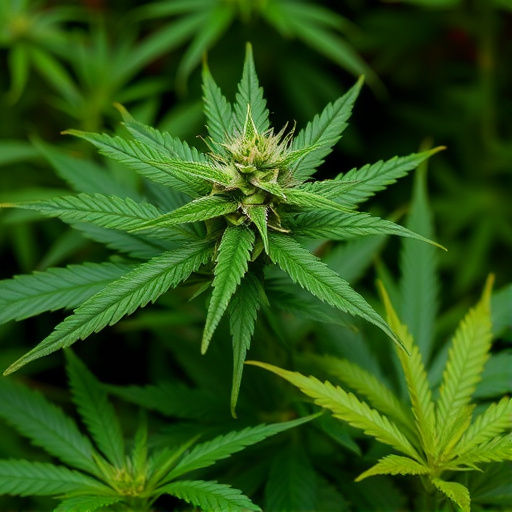
Medicinal cannabis strains derive their potency and unique aromatic profiles from a complex interplay of compounds, primarily cannabinoids and terpenes. Cannabinoids like THC (tetrahydrocannabinol) and CBD (cannabidiol) are responsible for the plant’s psychotropic and therapeutic effects, respectively. Terpenes, on the other hand, contribute to the scent and flavour of the flowers, as well as potentially enhancing or modifying the cannabinoid effects. This synergistic interaction, known as the entourage effect, results in a more balanced and effective experience when consuming medicinal cannabis strains. Different terpenes can either amplify specific cannabinoids, creating a more potent effect, or balance them out for a milder high, catering to diverse patient needs and preferences.
Maintaining the potency and aromatic profile of your medicinal cannabis strains requires a deep understanding of their cannabinoid composition, particularly terpenes and cannabinoids, and their intricate interactions. By optimizing growing conditions, selecting suitable strains, and employing specific cultivation techniques, you can preserve these valuable compounds. This ensures not only maximum effectiveness but also enhances the overall sensory experience for patients and enthusiasts alike.
